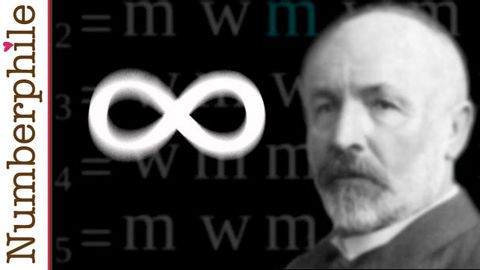
Subtitles & vocabulary
Infinity is Bigger Than You Think - Numberphile
00
VoiceTube posted on 2012/12/30Save
Video vocabulary
recognize
US /ˈrek.əɡ.naɪz/
・
UK /ˈrek.əɡ.naɪz/
- Transitive Verb
- To accept the truth or reality of something
- To consider something as important or special
A2TOEIC
More turn
US /tɚn/
・
UK /tɜ:n/
- Intransitive Verb
- To become (a particular age)
- To become a different quality, color, etc.
- Verb (Transitive/Intransitive)
- To change the direction of something, e.g. a car
- To move in an opposite direction or position
A1
More place
US /ples/
・
UK /pleɪs/
- Transitive Verb
- To put someone in a particular type of situation
- To put something in a certain location or position
- Noun (Countable/Uncountable)
- Particular location, area or region
- A position in a sequence or structure.
A1TOEIC
More change
US /tʃendʒ/
・
UK /tʃeɪndʒ/
- Transitive Verb
- To exchange one set of clothes for another
- To exchange one kind of money for another
- Noun (Countable/Uncountable)
- Exchange of one set of clothes for another
- Money in the form of coins instead of paper
A1
More Use Energy
Unlock All Vocabulary
Unlock pronunciation, explanations, and filters
